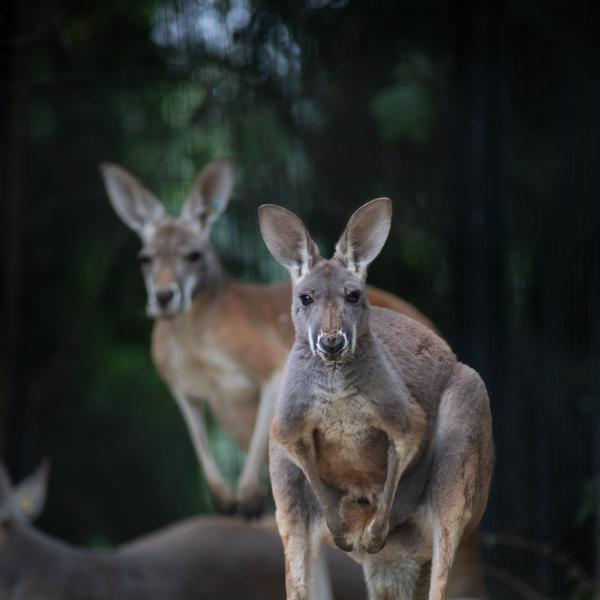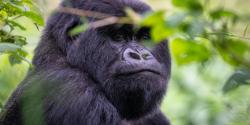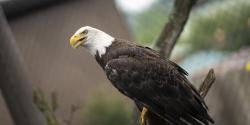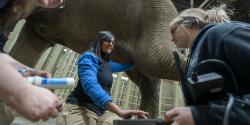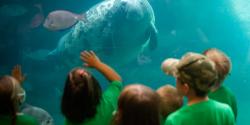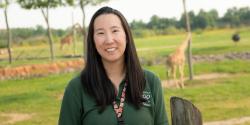The red kangaroo is the largest kangaroo species and the largest living marsupial.
The common name for this animal comes from the word "gangurru," which was used by the Guuga Yimithirr people of Far North Queensland. British explorer James Cook first documented the word as "kangaroo" or "kanguru" in 1770.
Scientific Name: Osphranter rufus
Conservation Status: Least Concern
Size: Adult males can reach a height of close to 6 ft.
Weight: Up to 200 lbs., with females generally smaller
Median Life Expectancy: Males 7.9 years; females 9.8 years

